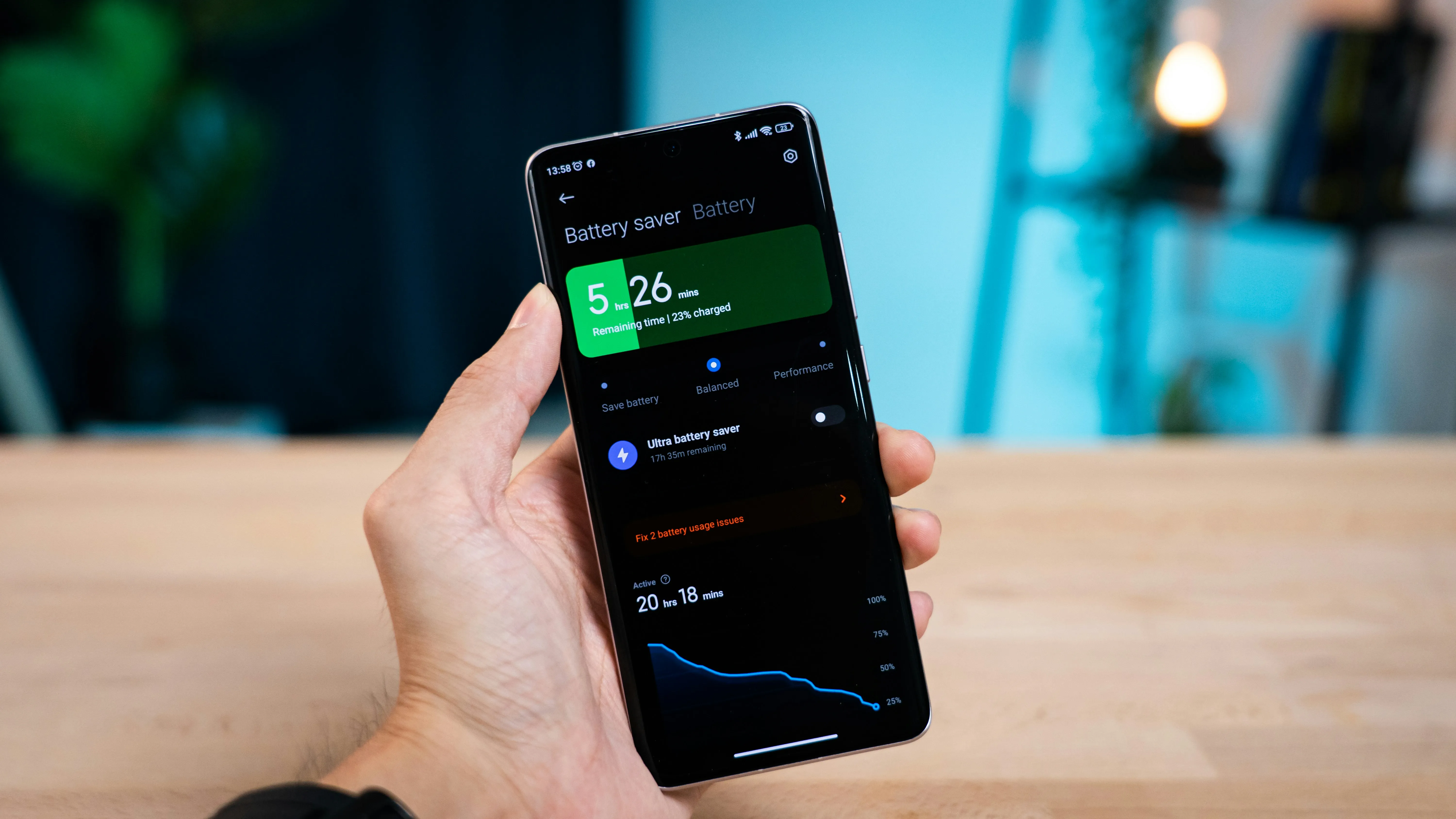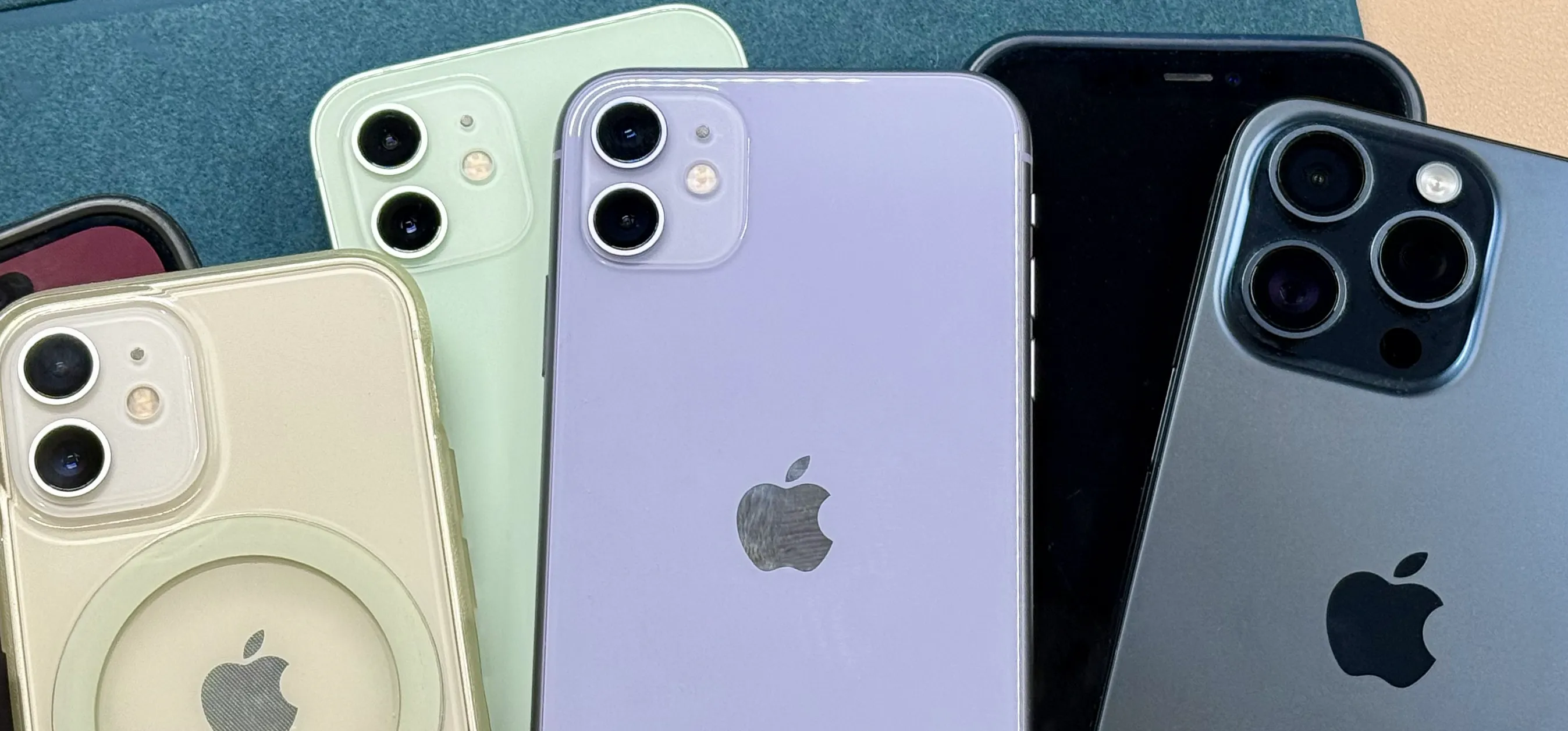How-To Guides about Printmaking


how to
How to Make a Cheap DIY Silkscreen for Screen-Printing Logos & Designs on T-Shirts


how to
How to Create Photocopy Art Transfers


how to
How to Digitally print on uncommon surfaces






























Featured On WonderHowTo:
Productivity & Shortcuts










Featured On WonderHowTo:
Music & Audio










Featured On WonderHowTo:
Augmented Reality










Featured On WonderHowTo:
Gaming





















































































































































































































